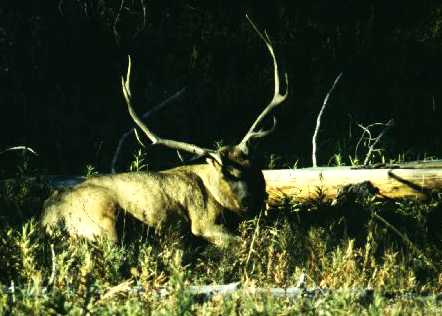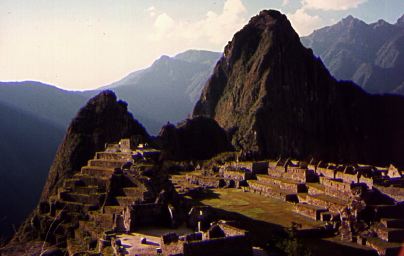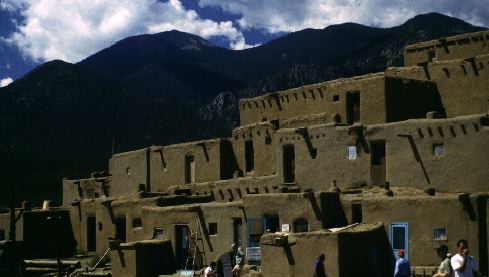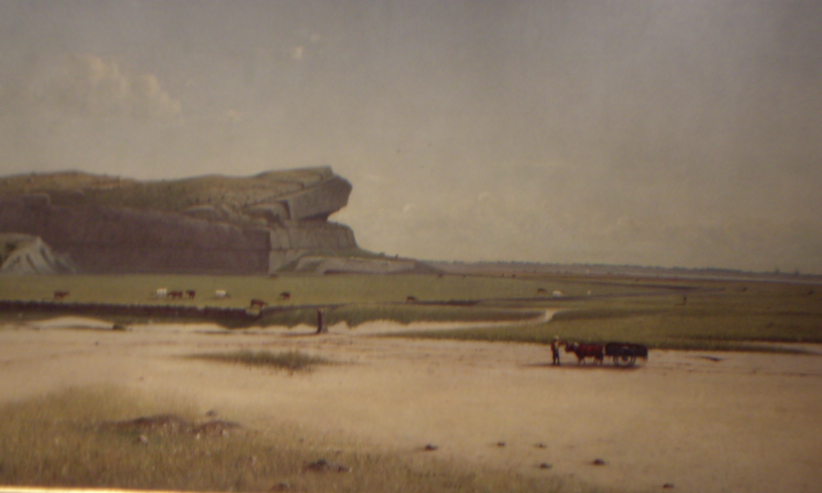A winter view of the Owens Valley; the Long Valley Caldera, and the distant White Mountains, 2006 |
|
|---|---|
Content | Readings | Homework | Terms | Lessons | Final Exam question | syllabus | Art
Environmental history is a synthesis that asks a series of related serious questions of  geography, ecology, biological evolution, and cultural anthropology to reveal more precisely the human reactive relation with natural settings.
geography, ecology, biological evolution, and cultural anthropology to reveal more precisely the human reactive relation with natural settings.
Among the views to consider are:
1) an Earth's eye view of history,
2) an animals eye view of the past?
the border between the known and the unknown:
I mean two ways:
River valleys are complicated, but they are coherent if you can see the parts form source, across the watershed, to sink -- the sink in the oceans is called a river mouth; an estuary.
Terms to know:
Conflicts (name more than two examples)
Use (utilitarian) versus beauty (aesthetics)
Value or worth of land:
Physical worth — hydrology — the study of water's behavior
Biological worth — animals, plants & non-agricultural
Social worth, agriculture (agrarian values), navigation (commerce) recreation, fishing, hunting
landscape terrain
Ecological systems
Land use changes from preindustrial, to industrial to suburban development
Animals shape the contours and vegetation of the landscape:
Water and beavers are essentially related and the behavior of beavers has an inherent impact on the landscape's terrain and the available water.
"Beavers live on vegetation, and above all, on the bark and young shoots of trees."
"the less edible parts of the tree , along with rocks, mud, old boots and whatever else is available, go into making dams and lodges."
Merchant, (2005), p. 80.
In ten years 10,000 beaver pelts were collected in the Connecticut River Valley alone by Dutch trader accounts from 1623-1633.
Merchant, Ecological Revolutions, (1989), p 87.
"So the world in which the beaver had a spirit is hidden from history. . . there is no way to understand that work – no way even to glimpse it.
What is at stake?
"is the urgent need to find our way out of the cultural logic of capitalism."
"Fighting to understand the past is, after all, part of a bigger struggle to survive the future."
Jim O'Brien, "A Beavers Perspective on North American History," pp. 79-84, in Merchant, (2005), p. 84.
Case Studies in this class are
Technology index ![]() landscape index
landscape index ![]() words index
words index ![]() photograph index
photograph index

|
Machu Picu built in the Andes by the Inca Indians of the Peruvian and Bolivian highlands is a trace, a remnant, a persistent reminder of the earlier inhabitant's of these continents who possessed an enduring culture. Every settlement, like Machu Picu , is built atop a layered landscape. The layers of human occupation are set in what biologists call a biome. The classical Greeks had a name for these human settlements and the extensive transformation of land and resources that nourished these locales. The Greek word was Oikumene or the households and their related support structures, like those seen here in the Peruvian Andes that maintain a coherence in the landscape that acts as a cohesive element among disparate cultures, different generations and distinct religious faiths. |
Biomes are biotic provinces with specific climatic conditions, geological features, soils, vegetation, wildlife, and geographical contours. You are in the Southern coastal mixed conifer and hardwood forest biome, perched atop Karst topography with sandy soil here at Rollins. In the arid southwest, in the Sonoran desert biome is the ancient habitation, of Taos Puebla, occupied still today by Indians, or native Americans who are farmers growing corn, beans and squash on the mesas below the Sangre de Cristo mountains north of Santa Fe, New Mexico. |

|

Narragansett Bay marshlands painted here were of agricultural value.
| |
Homework | |
Reading: |
Readings

Siry, Marshes of the Ocean Shore
Merchant, Problems in American Environmental History
Reisner, Cadillac Desert.
Thoreau, Civil Disobedience.
Mumford, The Brown Decades.
Austin, Land of little Rain.
Egan, The Worst Hard Time.
Rome, Bulldozer in the Countryside.
The final exam question is comprehensive:
What is worth protecting in America and how do we pay to preserve that legacy for future generations to appreciate, use, or pass on?
• Contrasting conservation with preservation.
[Global Ecology] [Schematic formulations]